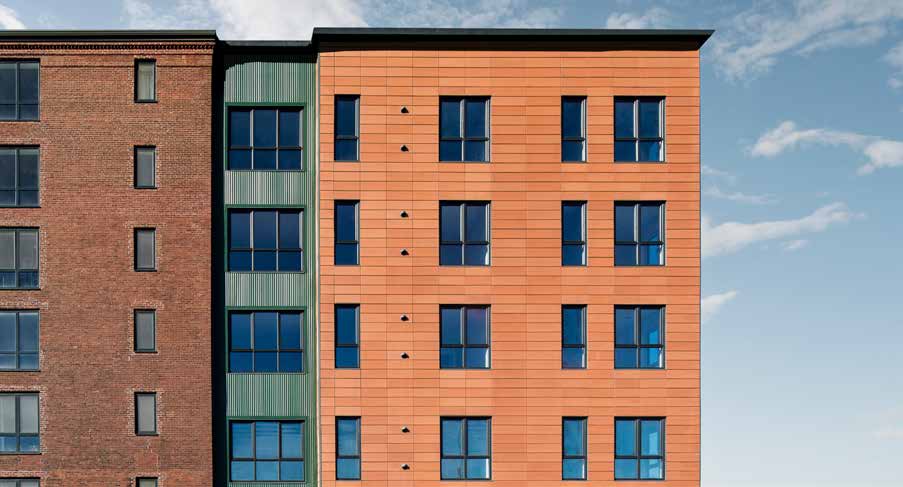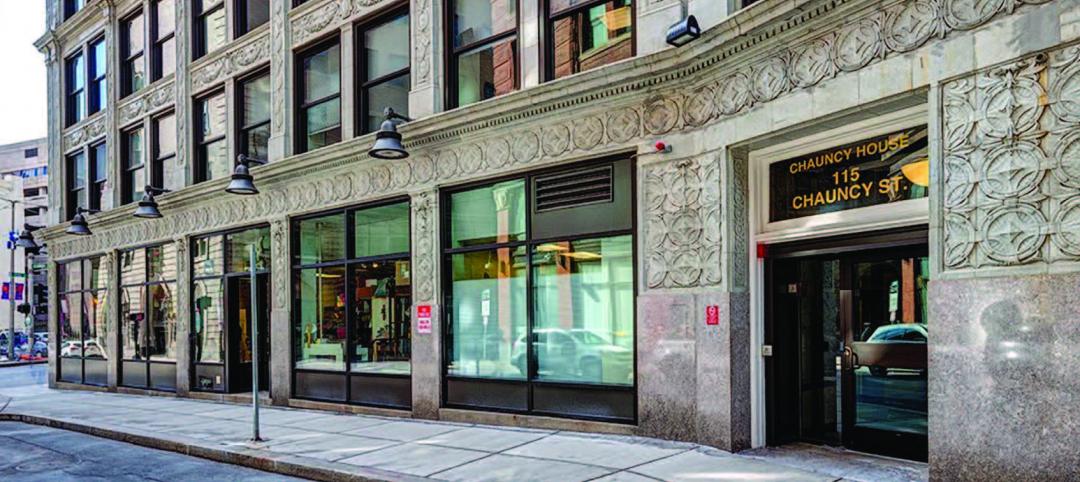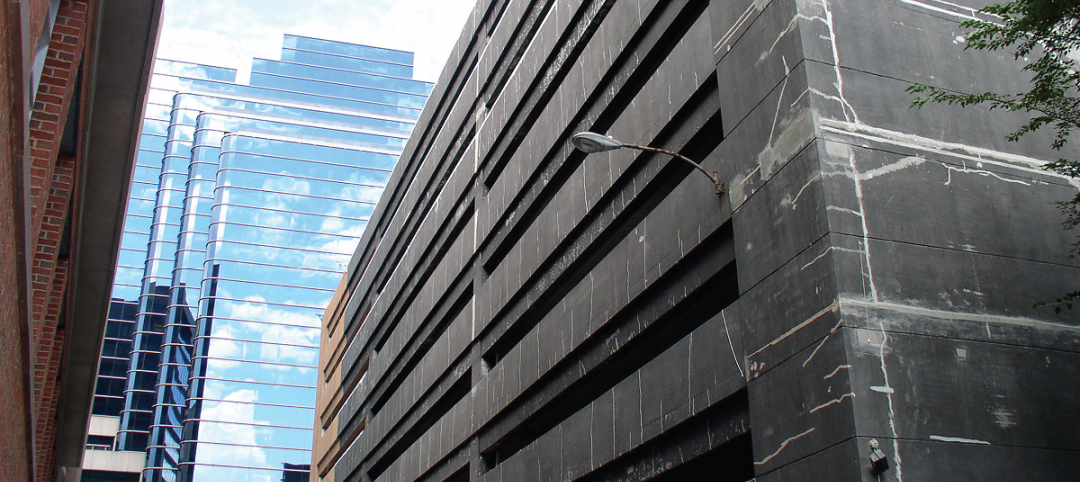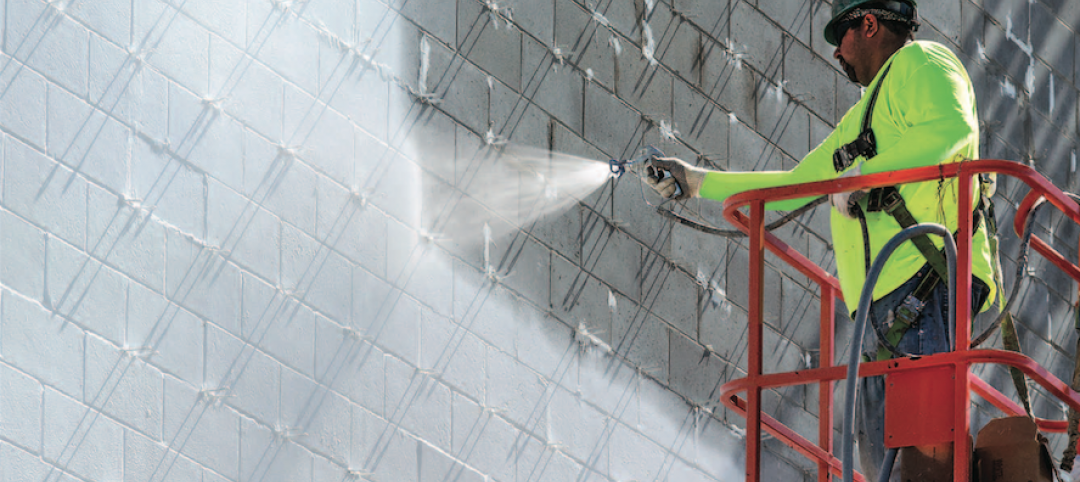The concept of “passive house” originated in North America in response to the OPEC oil embargo of 1973 and the subsequent energy crisis. At that time, the U.S. Department of Energy and its counterpart in Canada started promoting cost-effective, “passive” energy-conservation measures—insulating buildings better, halting air leakage in the envelope, installing energy-efficient glazing.
Once the oil embargo was lifted, in March 1974, America’s homebuilders quickly fell back to erecting energy hogs. In 1991 Swedish academic Bo Anderson and German physicist Wolfgang Feist designed the world’s first passivhaus (the German term)—a four-unit row house in Darmstadt, Germany. Five years later Feist established the Passivhaus Institute (PHI), which developed the Passivhaus Standard for certifying buildings. Since 1996, PHI has certified about a thousand projects in Europe.
After you have read and studied the text, you should be able to:
• Discuss briefly the history of passive house design in the U.S. and Europe.
• Describe the key elements of passive house design to qualify for passive house certification.
• List types of insulation and wall assemblies that can be used in passive house multifamily projects.
• Quantify the recommended heat energy savings, cooling energy savings, and total energy savings for passive house design.
TAKE THIS FREE AIA CES COURSE AT BDCUNIVERSITY.COM
Related Stories
BD+C University Course | Apr 9, 2019
Storefront rehabilitation and design [AIA course]
Rehabilitation and design of storefront systems demands consideration of many factors, from thermal performance and operability to historic landmark sensitivity and appearance.
BD+C University Course | Apr 8, 2019
See-through and safe: Innovations in fire-rated glazing [AIA course]
From glass floor systems to large-scale glazing installations, experts share the latest trends, advancements, and applications for fire-rated glazing and fire-resistive barriers in commercial buildings.
BD+C University Course | May 24, 2018
Accommodating movement in building envelope materials [AIA course]
We may think of the building envelope as an inanimate object, but in reality its components can be quite mobile. This AIA CES course is worth 1.0 AIA LU/HSW.
BD+C University Course | Apr 12, 2018
Meeting the demand for high-efficiency façades [AIA course]
On a national scale, the impetus to improve building energy performance is manifest in the latest and most far-reaching model energy code from the International Code Council.
BD+C University Course | Jan 2, 2018
The art and science of rendering: Visualization that sells architecture [AIA course]
3D artist Ramy Hanna offers guidelines and tricks-of-the-trade to ensure that project artwork is a stunning depiction of the unbuilt space.
BD+C University Course | Aug 23, 2017
AIA course: New steel systems add strength and beauty
Advances in R&D are fostering new forms of structural and aesthetic steel.
Building Enclosure Systems | Jul 26, 2017
Balcony and roof railings and the code: Maintain, repair, or replace? [AIA course]
Lacking familiarity with current requirements, some owners or managers complete a roof or balcony rehabilitation, only to learn after the fact that they need to tear noncompliant railings out of their new roof or terrace and install new ones.
Building Enclosure Systems | Dec 12, 2016
The 100-year enclosure: Strategies for heat-air-moisture control
Should institutional and commercial buildings be built to last 100 years? Why not? There are plenty of examples that have performed well for a century or more.




![See-through and safe: Innovations in fire-rated glazing [AIA course] See-through and safe: Innovations in fire-rated glazing [AIA course]](/sites/default/files/styles/list_big/public/SAFTI%20FIRST%20final%201.jpg?itok=m8pdw17S)

![Meeting the demand for high-efficiency façades [AIA course] Meeting the demand for high-efficiency façades [AIA course]](/sites/default/files/styles/list_big/public/AIA_BDC1217.jpg?itok=SOjPFpxR)








